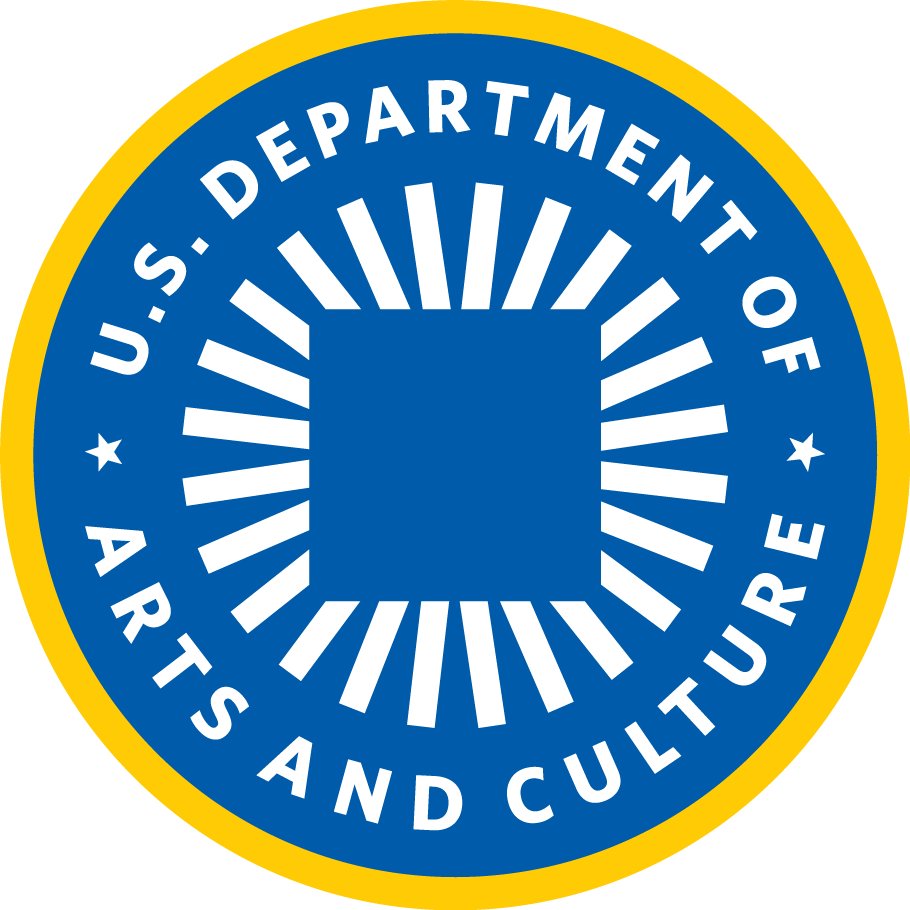“Emergencies not only create new problems but compound existing issues. They also offer opportunities to create new solutions.”
- Amelia Brown
From Art Became the Oxygen; A Guide to Artistic Response
I’m deeply saddened to report the sudden death of my friend, colleague and fellow USDAC Cabinet member Amelia Ruth Brown. She died suddenly of a heart attack on January 16th at the age of 41. Amelia believed fiercely that art can transform, heal and repair communities, including those devastated by natural and manmade disasters. As an artist, writer, community organizer, activist and consultant, Amelia was a fearless force of nature, bringing light, love, energy and passion into every room she entered. Her heart was as big as her infectious smile; even if you just met her, she’d act like you were long-lost friends.
She traveled the world, sharing her research on the role of the arts and artists in repairing wounds, and advocated for the arts to be fully integrated in emergency relief efforts. From post-Katrina New Orleans to earthquake-devastated Christchurch, New Zealand, Amelia crisscrossed the globe several times, inspiring audiences and bringing practical solutions to light. She founded the nonprofit Emergency Arts, which was her passion, and worked in a wide variety of settings: LISC, AmeriCorps, Forecast Public Art, and the City of Minneapolis, where she helped develop DEI educational programs for city staff. She also led the charge to develop a resolution for the City declaring racism a public health crisis, leading to reallocation of city funds, and leveraged city funding of $100,000 to support artists’ response to the police killing of George Floyd.
At her memorial service, held on the 23rd, there were numerous words used to describe Amelia: “warrior for justice, big-hearted, energy, spirited, kind, thoughtful, hopeful, caring, passionate, in-the-moment, nature-lover, supportive, soulful, and great hugger.” We need fierce warriors like Amelia—now, more than ever. Her work needs to continue, and I—along with many of you—remain committed to keeping her legacy alive as the world struggles with healing, recovery and rebuilding. I invite you to read one of her last articles, entitled Art: Creating Possibilities in Emergencies. Rest in Justice, Amelia, and may your legacy live forever!
- Jack Becker, Public Art Mobilizer, USDAC National Cabinet


